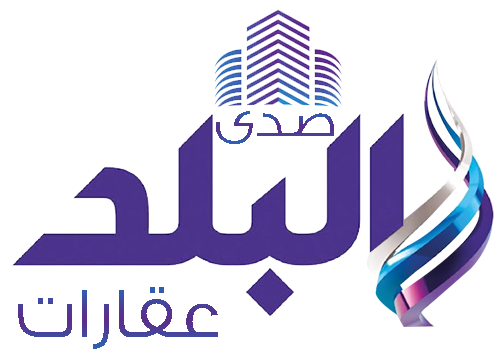The Zahi Hawass Foundation for Antiquities and Heritage has announced the launch of the second edition of its training program on Islamic archaeology, beginning with a field visit through the heart of Fatimid Cairo, the fourth Islamic capital of Egypt, starting at the Madrasa and Mausoleum of Al-Salih Najm al-Din Ayyub.
The tour was led by Islamic archaeology researcher Abdullah Taha, who presented an overview of the Fatimid dynasty, tracing its origins in the Maghreb to the entry of Caliph Al-Mu‘izz li-Din Allah into Egypt in 969 CE—a milestone event following several earlier unsuccessful attempts—up until the end of the Fatimid period.
The visit included key monuments such as the Madrasa and Mausoleum of Al-Salih Najm al-Din Ayyub, notable as the first school to teach all four Sunni jurisprudential schools simultaneously in 1243 CE; the complex of Sultan Al-Mansur Qalawun; and the Madrasa and Mausoleum of Sultan Al-Nasir Muhammad ibn Qalawun, whose monumental entrance was originally the portal of San Giovanni Church in Acre, brought to Cairo after Sultan Al-Ashraf Khalil’s victory over the Crusaders in 1291 CE.
Participants also toured the Madrasa and Khanqah of Sultan Al-Zahir Barquq, Hammam Inal, Al-Aqmar Mosque, and the historic Al-Hakim bi-Amr Allah Mosque—commissioned by Caliph Al-‘Aziz Billah in 990 CE and completed under his son, Caliph Al-Hakim bi-Amr Allah in 1013 CE. Initially, the mosque was known as Al-Anwar (the Illuminated Mosque) or Jami‘ al-Futuh (Mosque of Victories) due to its proximity to Bab al-Futuh (Gate of Conquest).
The program further extended to Bayt Al-Suhaymi, the Sabil-Kuttab of Abd al-Rahman Katkhuda, and Cairo’s northern gates and fortifications, restored under Vizier Badr al-Din al-Jamali during the reign of the Fatimid Caliph Al-Mustansir Billah.
Beyond this inaugural tour, the training program includes additional field visits to major Islamic landmarks in Cairo, including Al-Mu‘izz Street, the Sultan Hassan Mosque and Al-Rifa‘i Mosque, the Citadel of Salah al-Din, the Museum of Islamic Art, the Ibn Tulun Mosque and Gayer-Anderson Museum, as well as Al-Azhar and the Al-Batiniyya quarter.
By combining academic study with practical exploration, the initiative aims to deepen participants’ knowledge of Egypt’s Islamic architectural heritage and to promote awareness of its historical and cultural legacy.













